my country's currency has always been managed by the state or the financial department, and this currency is the "Renminbi" that people are familiar with.
The RMB is also a symbol of our country as a sovereign state. However, it is surprising that the RMB is only called "RMB" in China. So why is it called "RMB"?
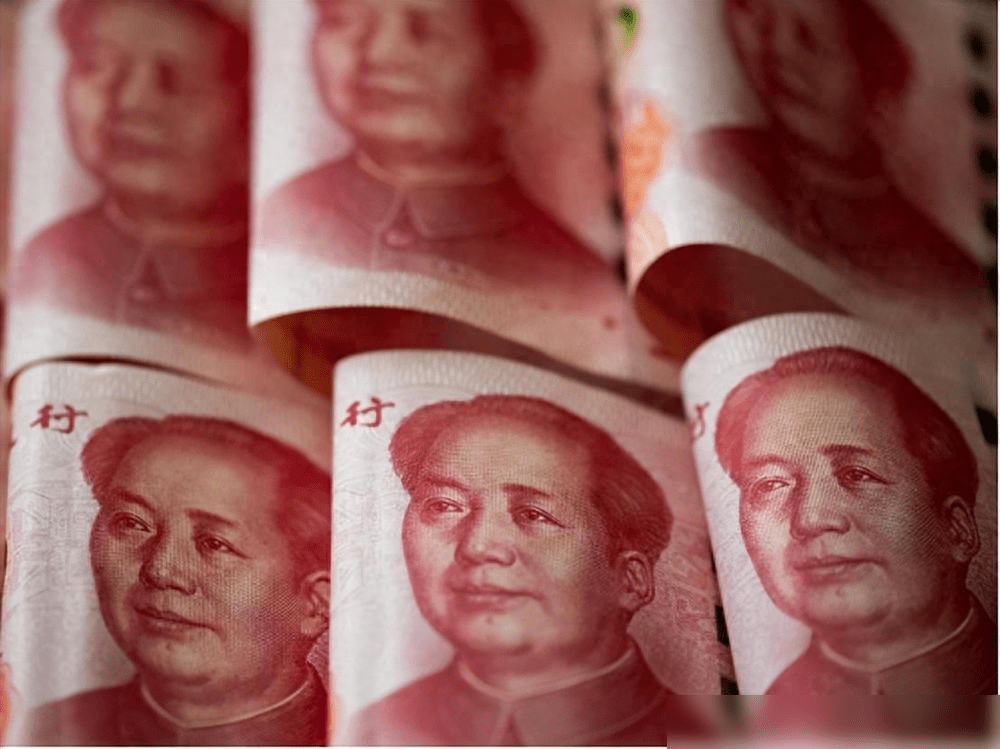
Why do people call the RMB "CNY" instead of "RMB"?
The internationalization of the RMB is also a reflection of the improvement of my country's comprehensive national strength and the acceleration of internationalization. So why is the internationalization of the RMB happening, and what are its advantages and trends?
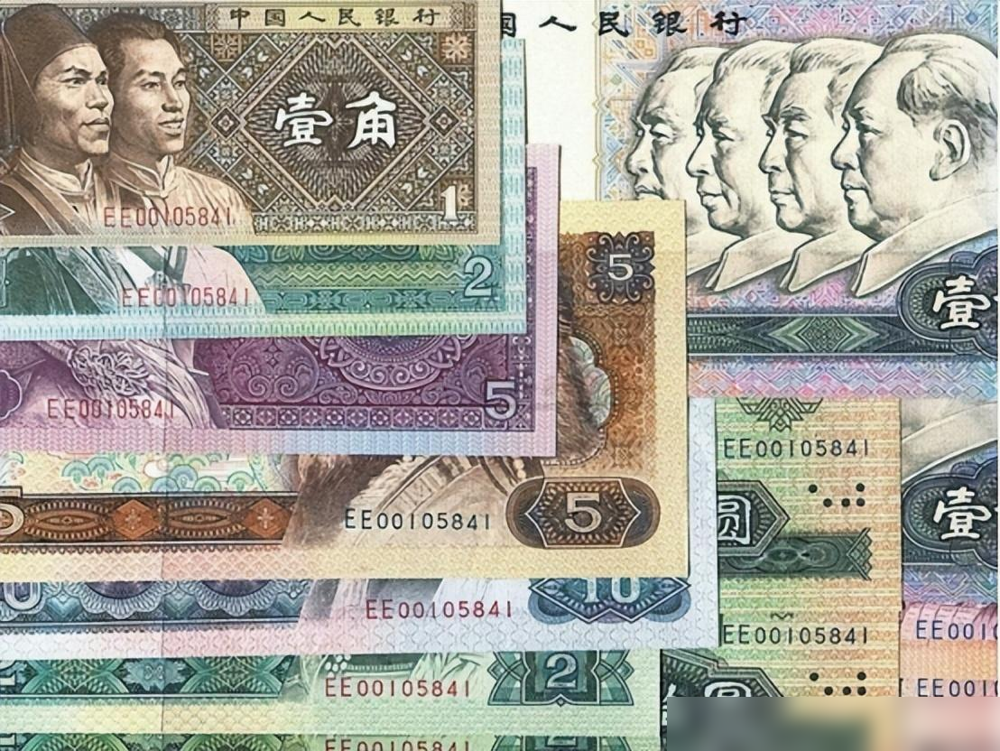
Changes in currency names.
During the Han Dynasty, "gold" and "silver" were used as currencies for circulation and transactions. Among them, the most representative of "gold" was the "Kaiyuan Tongbao". In the Tang Dynasty, it was circulated in the form of minted coins. The front is an ancient coin from the Han Dynasty with a "Kai" character on it and a "Yuan" character on the bottom.
The outer ring is an imitation golden bell pattern in the up, down, left and right directions. Because the most important thing is the beauty of the pattern and its superior quality, most of the Tongbao coins have patterns on the front.
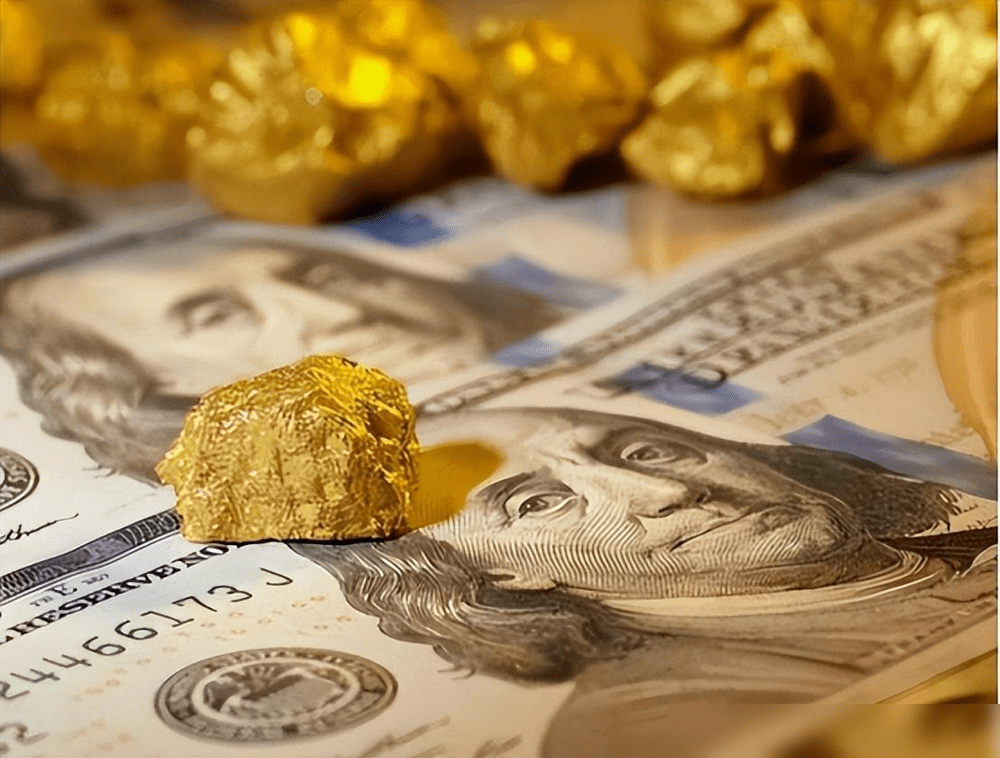
In the Song Dynasty, paper money was gradually used to replace coins for circulation and transactions as quickly as possible. Soon, the familiar "Baochao" appeared. Later, the gold ingot Baochao and copper ingot Baochao were also very famous. They were the official currencies used in various places. If you wanted to own this kind of ingot Baochao, you had to prove that you were an official.
During the Qing Dynasty, the currency was transformed from coin to paper currency. There were two currency crises during the Qing Dynasty. The Qing Dynasty did not have a good understanding of the economy, which led to currency depreciation. Even official documents and signs had to be affixed with silver.
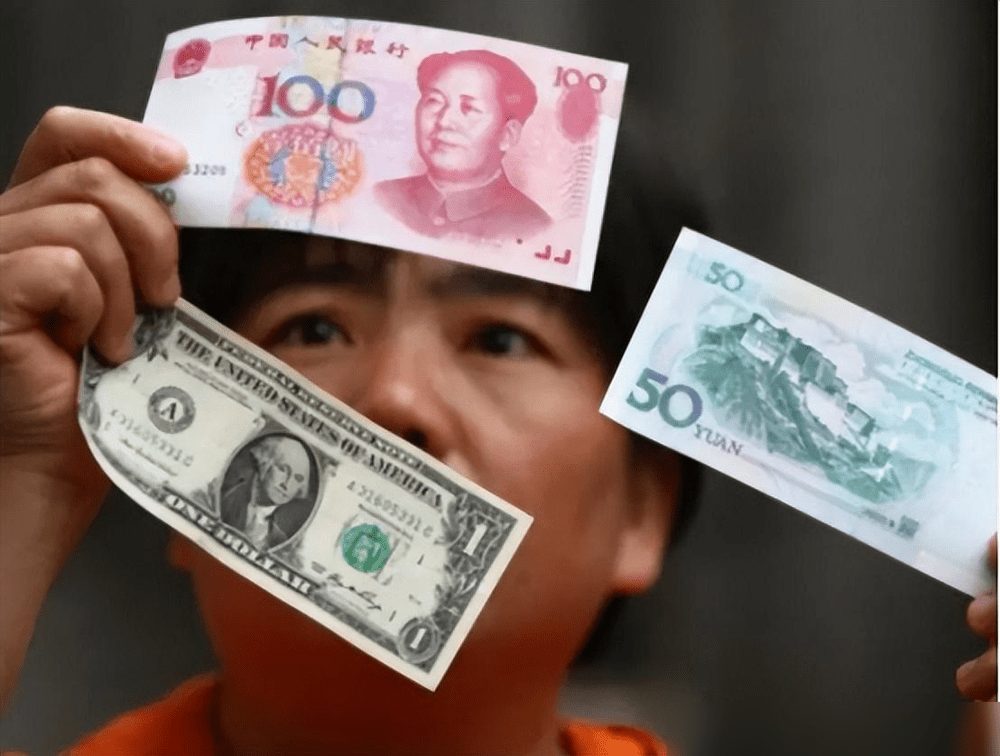
After the victory of the Xinhai Revolution in 1911, Sun Yat-sen began to prepare to overthrow the Qing Dynasty and establish a republic. He also started to study the people's democratic ideas. At the same time, he also began to study my country's economic problems and started to carry out reforms.
Sun Yat-sen's currency reform was a very important system. Sun Yat-sen, who was the Minister of Finance at the time, ordered the closure of our country's government. At the same time, he also reformed the currency system and made the "silver dollar" the main circulating currency in our country.
Reforms are being carried out on the five major banks and five money bureaus, and at the same time, supervision over our country is being continuously strengthened. In short, if reforms are to be carried out, the economic construction of the financial sector must be improved first.
At the same time, my country's economy was integrated, the currency issues in my country were regulated uniformly, unified under the central government, and my country began to independently mint its own currency, which was renamed "currency" instead of "bureau".
The naming of the RMB.
A few years ago, there was a hot topic: "Do you know what the Chinese people's business card is?"
All of a sudden, a large number of pictures appeared on the Internet, which instantly reminded us of our country's currency.
I was deeply impressed: "The abbreviation of the Chinese Renminbi is CNY. I always thought it was RMB. What does it mean?"
People are more familiar with "RMB", so they are curious and ask: "What is the difference between RMB and CNY? Why are they called so differently?"
"RMB" is an abbreviation of a proper noun in my country. Its original name is "Renminbi" and "M" is a phrase for "Money".
"RMB" is recognized in my country's legal system and national standards. The information obtained internationally is "CNY" rather than "RMB".
In fact, our country does not protect the proper noun "Renminbi", so CNY is called this way, and "RMB" is the abbreviation of the first letters of the proper noun Renminbi.
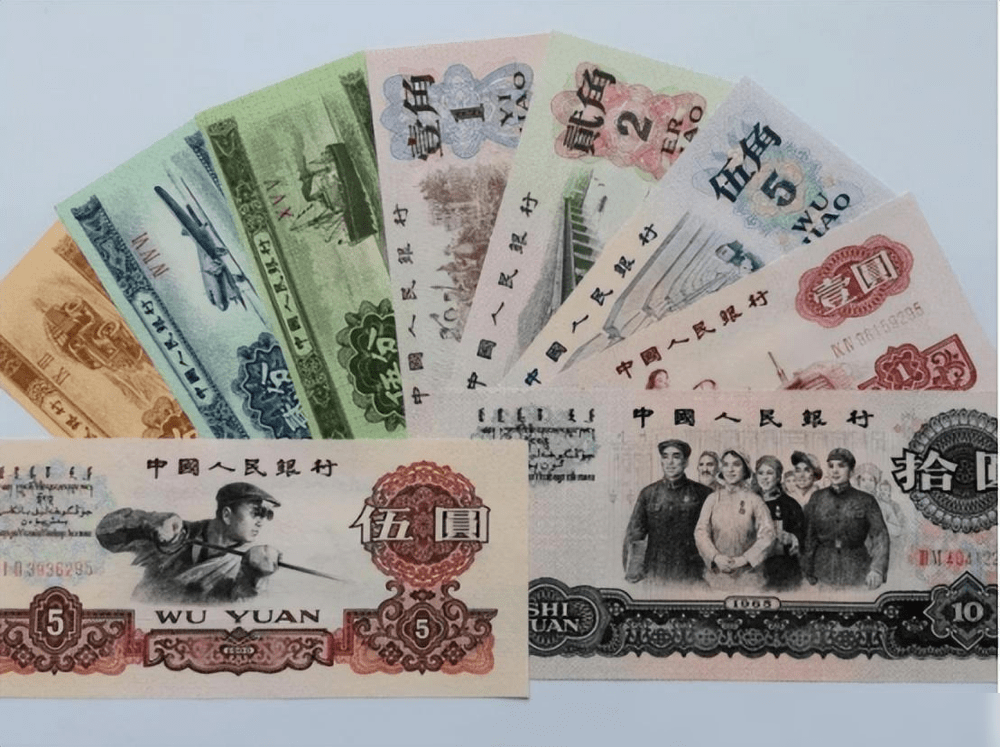
CNY is the English abbreviation of Renminbi. They are the corresponding names of two currencies in my country and the world, and also reflect the use of relations and transactions between my country and other countries.
RMB is our country's currency, named after the Chinese, while CNY is the international symbol of our country's currency, named according to international unified standards.
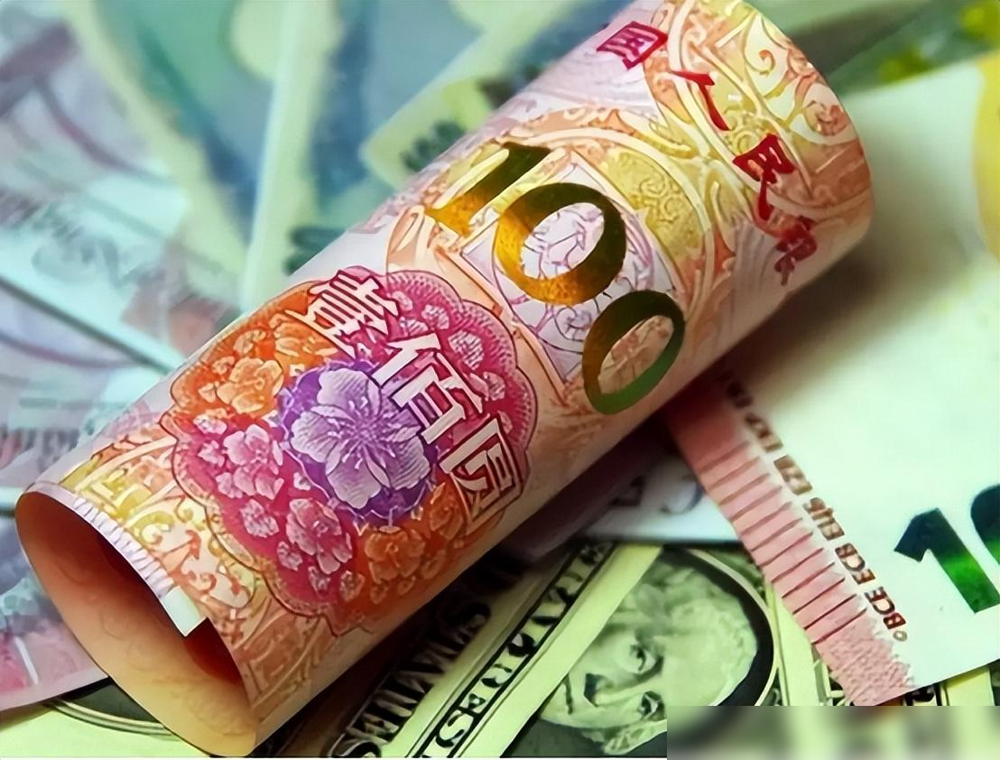
Another reason why my country uses CNY instead of RMB is that the most fundamental aspect of currency name for a country is internationalization. my country started its reform and opening up in 1978, and was recognized by neighboring countries and some international participating countries at one time.
It officially joined the IMF in 1980, and then participated in the IMF's compilation work as a member country. In fact, English and French are the main languages used within the International Monetary Fund.
Among them, "CNY" is the English abbreviation of "Renminbi", and "RMB" is the first letter of the pinyin of "Ren Min Bi".
When my country took the lead in joining international organizations such as the IMF, it would use the first letter of our country in English to name it, which became an international practice. The English name "CNY" is more recognized internationally.
Another reason for this is that there are certain international conventions, and my country does not independently name the English abbreviation of the RMB.
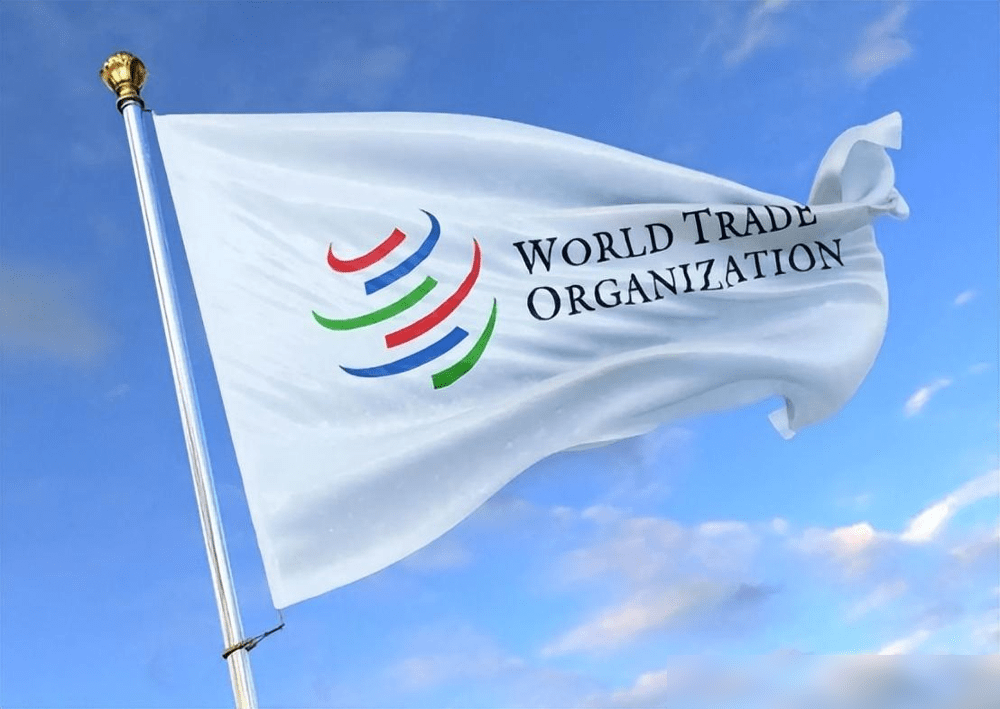
The internationalization of my country's RMB.
As my country's currency, the RMB must be built around my country. However, as an international participant country, the currency also needs to maintain its own image as a business card of the country.
There is also an international rule in the world that effective communication can only be carried out through a common language, and English is also an international language. People also have the habit of using English in negotiations and transactions.
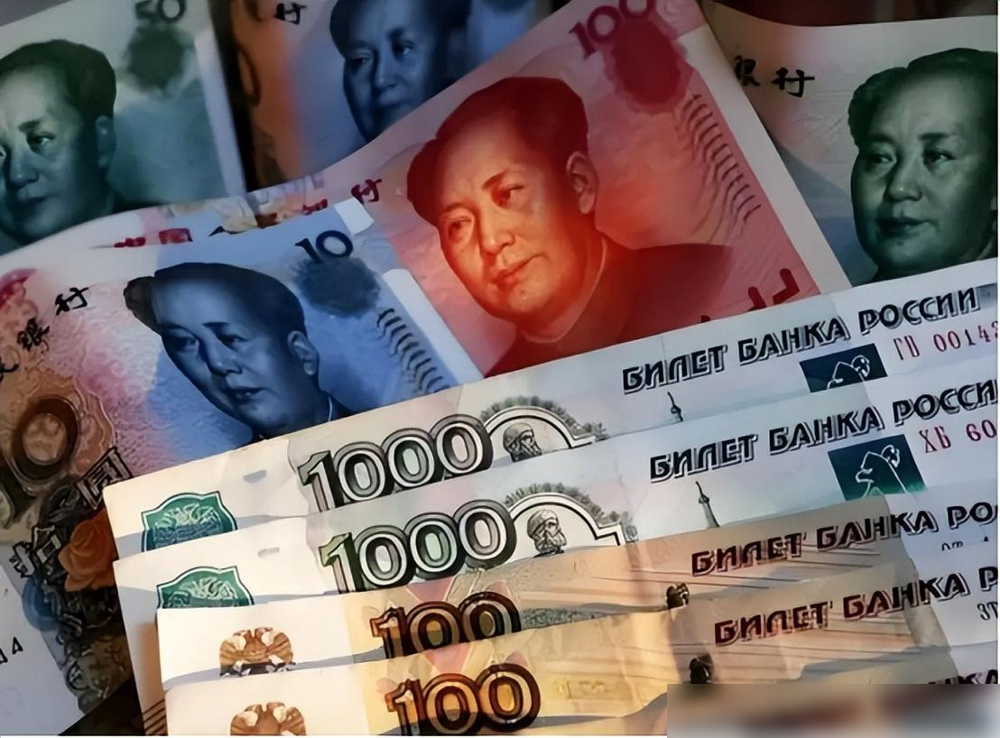
English is a very common language. It is also a mainstream language with a long history. It has different names in different dynasties in my country. The final English name is compatible.
The English names people use are more likely to abbreviate such words, which will be more simplified in the abbreviations, making it easier for people to speak and more proficient in mastering them.
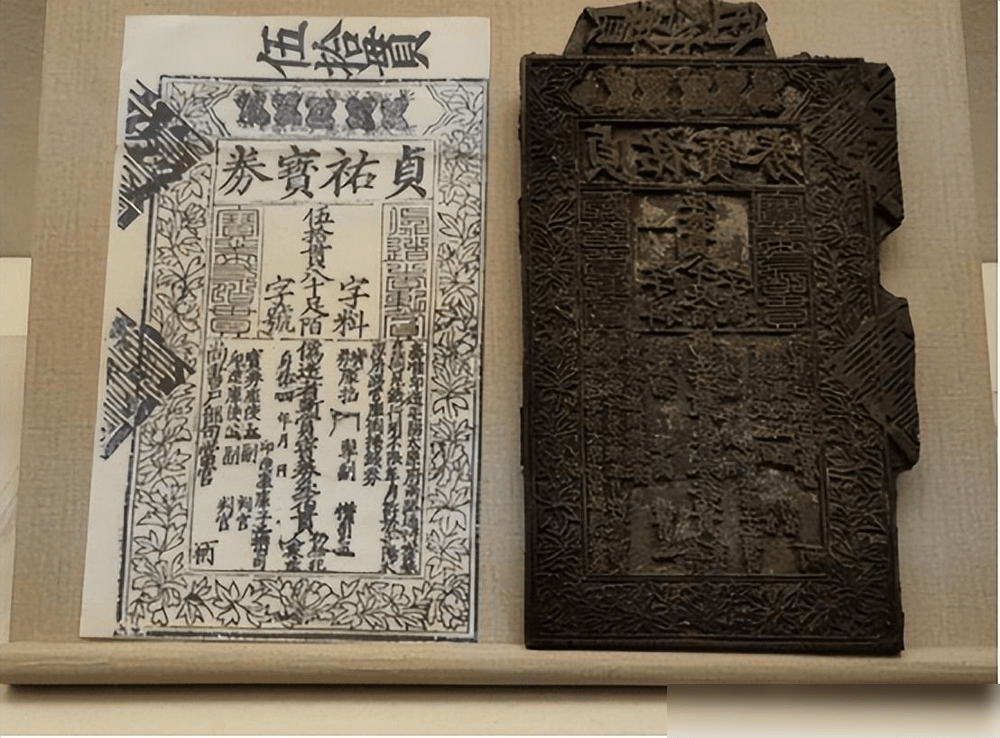
In terms of currency, "CNY" is the most familiar name, so in order to adapt to the needs of international communication, our country's currency is uniformly abbreviated as "CNY".
The internationalization of the RMB means the use and circulation of our country's currency in the international market.
In the process of my country's reform and opening up, our currency, as a currency, is designed to adapt to and meet the needs of a wider international context and market as a universal currency.
The process of RMB internationalization is to integrate and develop our country's currency in a new direction while adapting to market demand.
The internationalization of the RMB can promote the opening and reform of my country's financial market, and can also promote economic cooperation and trade between my country and other countries.
The RMB, as an international currency, is a new trend that conforms to the internationalization process of my country's currency. It is also a new opportunity for my country to be consistent with the development trend of the world economy.
Since the reform and opening up, my country has continuously promoted the internationalization of the RMB, which has also enhanced my country's influence and status on the international stage.
The use of RMB as my country's currency in the international market is also a way to adapt to demand, and it is also a new direction and driving force in my country's financial market reform and opening up process.
The internationalization process of the RMB is also a historic development trend in my country, and it is also a new opportunity for my country's financial market reform.
Conclusion
In 2008, an economic and financial crisis broke out in the United States, which dealt a huge blow to the dominant position of the U.S. dollar in the economic and financial fields. This also provided an opportunity for our currency, the RMB, to emerge in the international market.
However, the United States' ability to manage currency is recognized worldwide. As the world's currency, the U.S. dollar accounts for 64% of global reserves, far exceeding other types of currencies, while the international circulation of the RMB accounts for less than 2%. The gap is obvious.
With the development of the global economic situation and the continuous changes in the international environment, the internationalization process of my country's currency, the RMB, will continue to be affected and challenged. At the same time, my country also needs to continuously strengthen international cooperation and learn from others to enhance the popularity and status of the RMB.
Build a more open and inclusive currency development environment and accelerate the development of the RMB on the international stage. At the same time, we will actively respond to changes in the international environment and promote the RMB onto the international stage.




